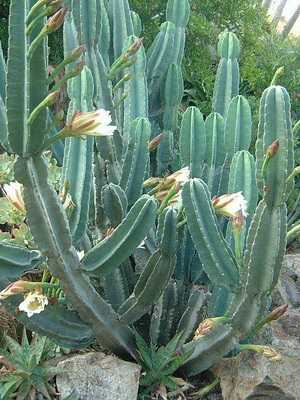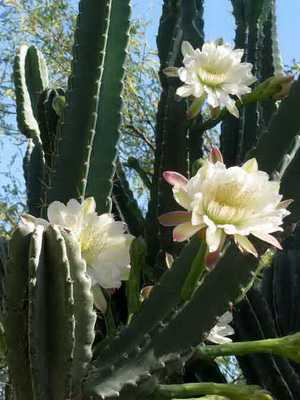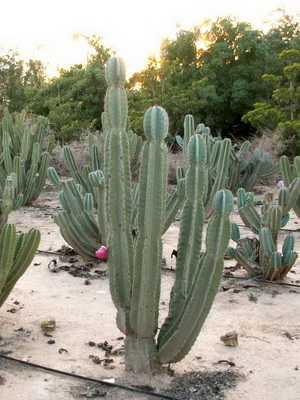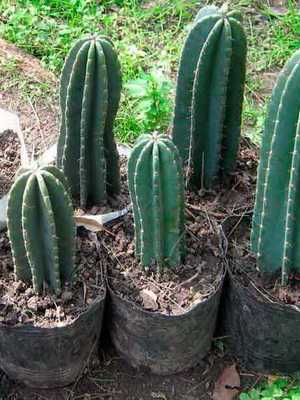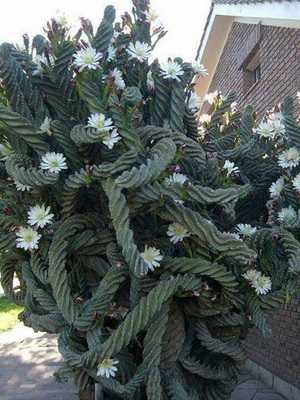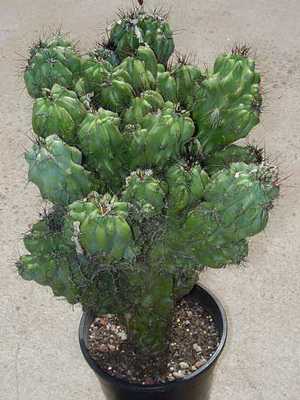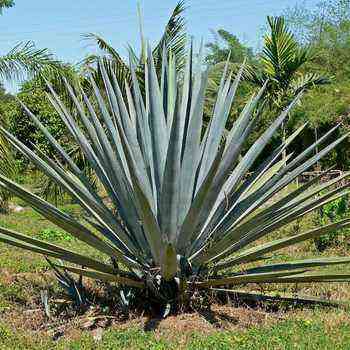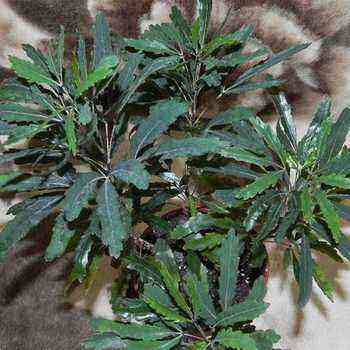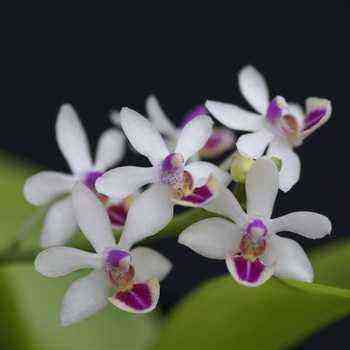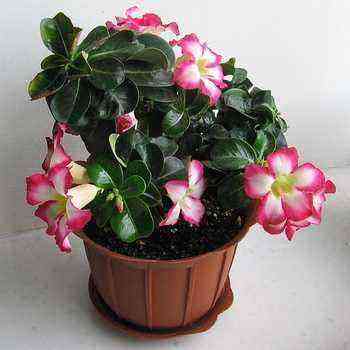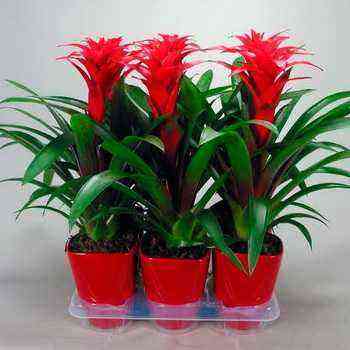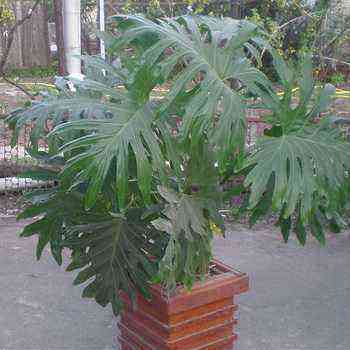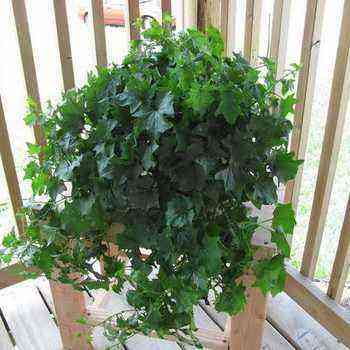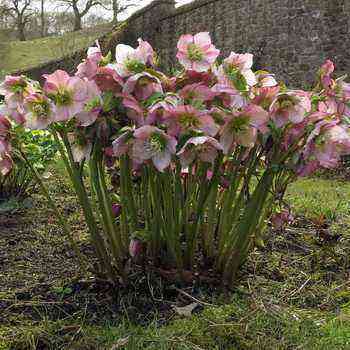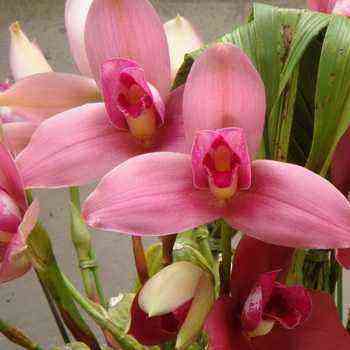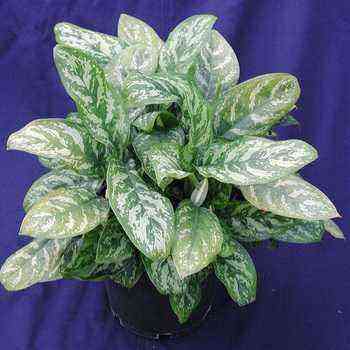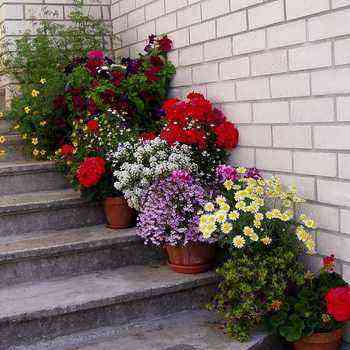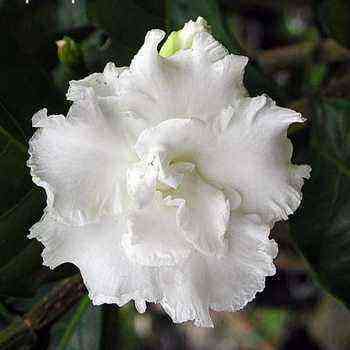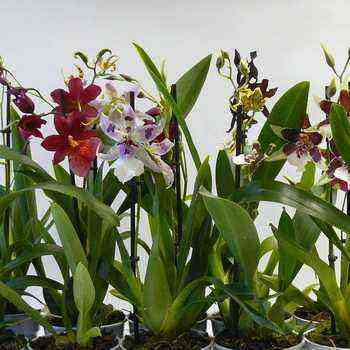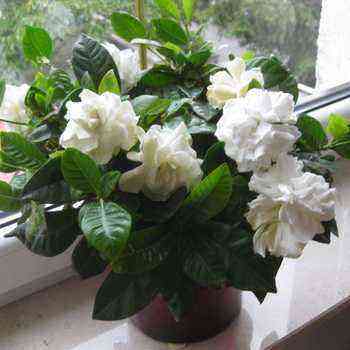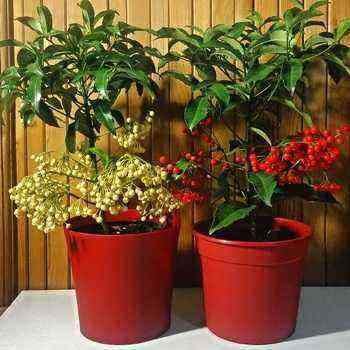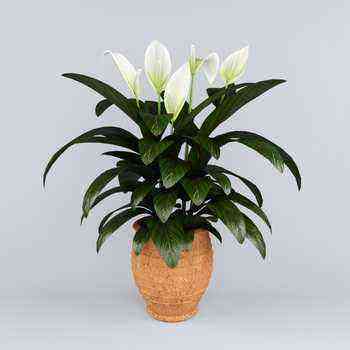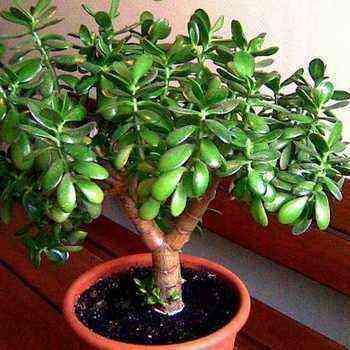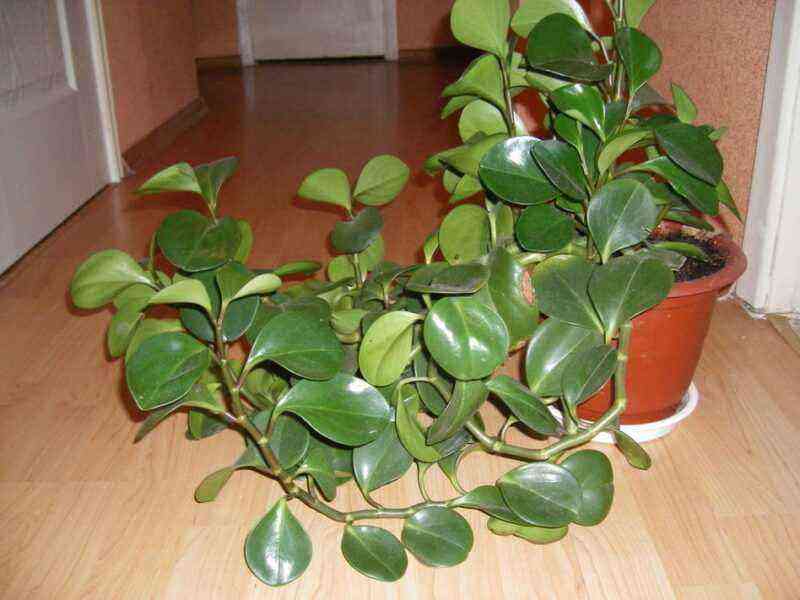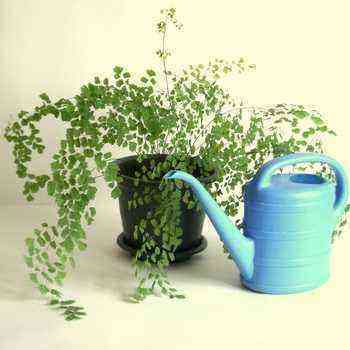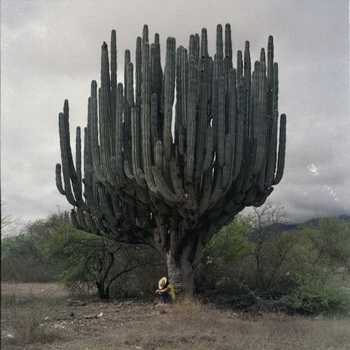
Cactus cereus repandus
Cereus are the most famous columnar cacti. They have long been common in culture, beautiful and undemanding. Of the several dozen species, most are so large plants that they are almost unsuitable for growing in houses, and therefore only a few representatives of the genus are widespread in culture. But unlike cephalocereus, you can even admire the flowering of some species of cereus at home.
The most famous of them – Cereus repandus (C. repandus = C. peruvianas) – can bloom at the age of several years (if grown from a cuttings) at a height of about half a meter.
As you can see in the photo, this Cereus cactus has a flower about 16 cm long, daytime, white:
Cereus plants need spacious dishes, a nutritious earthy mix, and plenty of light to grow properly. Cereus is a favorite object of phytodecorators. And collectors are engaged in the care of cacti, cereus at home, mainly for use as rootstocks.
Types of rocky cereus
Rocky cereus have firmly taken pride of place among common indoor flowers due to their bizarre shape, vitality and longevity. “Rocky” is not a specific or varietal name, but a designation of a growth form. Rocky or monstrous plants are found among the normal plants of many cactus species. But rocky cereus are the most widespread. It is believed that two types of rocky forms are common in culture – Cereus repandus (= peruvianus) and C. jamacaru (yamakaru). However, it is quite probable that forms of other species are found among the “monstrous” diversity. It is very difficult to clarify the species belonging of a particular rocky cereus, since the characters used in taxonomy are practically not expressed in rocky forms.
When describing this cereus cactus, it is worth noting that the rockiness of the form is already manifested in tiny seedlings. But sometimes (and precisely in Cereus) monstrosity begins to form in adults, until then quite normal plants – on a new growth (apical or lateral).
Indoor rocky cereus propagate exclusively vegetatively. After drying, neatly cut and broken off pieces take root easily. It is important to cut the stem off so that the remaining scar does not spoil the mother plant.
Rocky Cereus is very diverse in appearance. They can be predominantly columnar or strongly branched, with many small tubercles or with large, far-apart protuberances, with powerful spiny or thin corymbose spines of various colors. These plants live for a long time and do not lose their decorative effect with age.
Look at the photo – Cereus cacti can reach solid sizes, or, like bonsai, they can maintain an unnatural miniature size:
Rocky cereus steadfastly endure unfavorable conditions, under which for several years without visible damage to themselves they can stop growing, and then, as if nothing had happened, continue to develop. If – which happens very rarely with these plants – some shoots of the rocky cereus “stretch” due to lack of light, the general quirkiness of the form conceals the emerging flaws. The rocky shape hides both scars and traces of disease. All this ensures the widespread use of rocky cereus for decorative purposes.
Caring for Rocky Cereus
Caring for Rocky Cereus Cactus is pretty simple. If you want to get a large plant, the soil should be nutritious, with a slightly higher content of the clay-sod component. Cereus are fast-growing cacti and respond well to abundant watering during the growth period, as well as periodic spraying and watering with a weak solution of mineral fertilizers. The stems of these plants can be washed under running warm water.
Rocky Cereus tolerate prolonged exposure to low light conditions (which is why they are often used in interiors). But for normal development, these plants need a lot of sunlight, especially in summer. At least, at the southern or southeastern window, and better – outdoors or in a greenhouse (however, brought out into the open sun without prior preparation, the rocky cereus can be seriously burned).
Rocky cereus are resistant to diseases and pests, but the complex structure of their surface creates excellent shelters for parasites – ticks, worms, scale insects. Among the numerous branches, tubercles and thorns of arthropod pests, firstly, it is difficult to detect in time, and secondly, it is difficult to destroy not only mechanically, but also with pesticides. But even with decent care for cereus at home, these unusual plants, unfortunately, practically do not bloom in culture.
